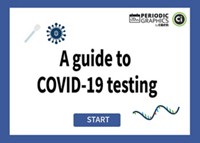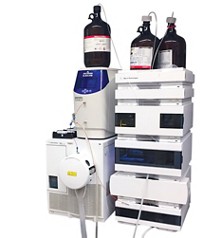Advertisement
Grab your lab coat. Let's get started
Welcome!
Welcome!
Create an account below to get 6 C&EN articles per month, receive newsletters and more - all free.
It seems this is your first time logging in online. Please enter the following information to continue.
As an ACS member you automatically get access to this site. All we need is few more details to create your reading experience.
Not you? Sign in with a different account.
Not you? Sign in with a different account.
ERROR 1
ERROR 1
ERROR 2
ERROR 2
ERROR 2
ERROR 2
ERROR 2
Password and Confirm password must match.
If you have an ACS member number, please enter it here so we can link this account to your membership. (optional)
ERROR 2
ACS values your privacy. By submitting your information, you are gaining access to C&EN and subscribing to our weekly newsletter. We use the information you provide to make your reading experience better, and we will never sell your data to third party members.
Environment
First, Verify Your Research
February 16, 2015
| A version of this story appeared in
Volume 93, Issue 7
Jan. 12, page 4: The image caption in the graphene oxide article incorrectly states that the top row of photos shows stable graphene oxide films. The bottom row actually depicts the stable films, and the top row depicts films degraded by water.
Feb. 2, page 20: The number of recharge cycles for supercapacitors is misstated in the table. They offer up to 1 million recharge cycles.
Regarding “Confronting Irreproducibility,” I appreciate and agree with many of the points made (C&EN, Dec. 15, 2014, page 28). There is, however, much more. Biology has largely become chemistry over the past 50 years, and much of chemistry research embraces biology. Multiple problems accrue from the organizational silos and the way research is funded.
My analytical chemistry friends have much interest in getting access to “meaningful samples” to test their measurement ideas and clinically validate them. My biological friends have less experience with the rigors of obtaining good numbers using validated methods.
In the academic world, the incentives are aligned with innovation over validation. We obsessively want more publications and more chapters for our Ph.D. dissertations. We pedal faster and faster in the face of a tough funding climate that does not support careful, transdisciplinary work.
Biology graduate students use instruments they have never been trained to use and don’t understand. Chemistry graduate students examine biological samples collected in ways that alter their composition. Many students are unaware whether their commercial pipettes actually deliver 10 µL, and they don’t check them. That pH meters are not to be used with mixtures of alcohols and water was well-known in 1970 but not today. Some report data with five significant figures when the standard used was at best 95% pure.
Medicinal chemists will supply a compound dissolved in ethanol for a biologist to dose in a rat. Analytical chemists will receive blood samples and be unaware that how they were collected and the time of day they were collected can make a significant difference. Glucose meters will show three digits when the second digit is uncertain.
Be careful out there. Verify first, and then trust, not the reverse. Perhaps scientific papers should carry a phrase such as, “This method has not been validated as fit for purpose; use at your own risk.” Even if you have the claimed transgenic mouse or cell line, it’s still easier to be wrong than right.
Peter T. Kissinger
West Lafayette, Ind.




Join the conversation
Contact the reporter
Submit a Letter to the Editor for publication
Engage with us on Twitter